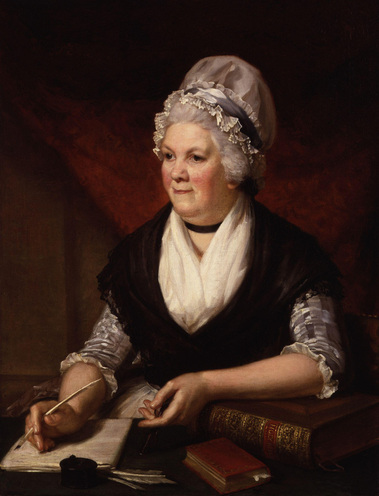Born in 1741, Sarah Trimmer nee Kirby was a writer, philanthropist and reformer whose focus on education and children’s literature helped influence a movement towards equal opportunity education.
Predominantly a scholar and journalist, her publishing career spanned from children’s books to instructional textbooks. Her work on children’s books really brought about a new study of them as literature. Her work developing methods and curriculum for Sunday schools influenced women to be community activists, and her love of equal opportunity education added another strong voice to the education reform debate.
Sarah used mutual instruction, a method developed by Dr. Andrew Bell, to teach her twelve children. In an article published in the Edinburgh Review she advocated the use of Bell’s methods to spread the ideas of the Anglican Church. This eventually led to the formation of the National Society for Promoting the Education of the Poor in the Principles of the Established Church.
Trimmer wrote several books on education including: An Essay Introduction to the Knowledge of Nature (1782), the six volume, Sacred History Adapted to the Comprehension of Young Persons (1784) The Economy of Charity (1786) and Comparative View of the New Plan of Education (1805). Trimmer also edited The Family Magazine (1788-89) and the Guardian of Education (1802-06).

Because she was very much couched in Christian language and rhetoric, she has not (until recently) been considered a feminist influence. However, her instruction of children and the influence of her writing on others undoubtedly demonstrates her as a clear example of a Regency woman of character.
It is also worth giving a nod to her influence as woman journalist and scholar. Her ambitious foray into publishing clearly demonstrated to the publishing world the capability of a woman to do more than live a life of home and hearth. Her passion for education drove her writing, which in turn lead to the recognition of Trimmer as a leading author and expert on education.
All this why she maintained a marriage and household with twelve children! Essentially Trimmer was the original do-it-all woman.
Which should give readers living their own hectic scheduling juggling hope and inspiration!










